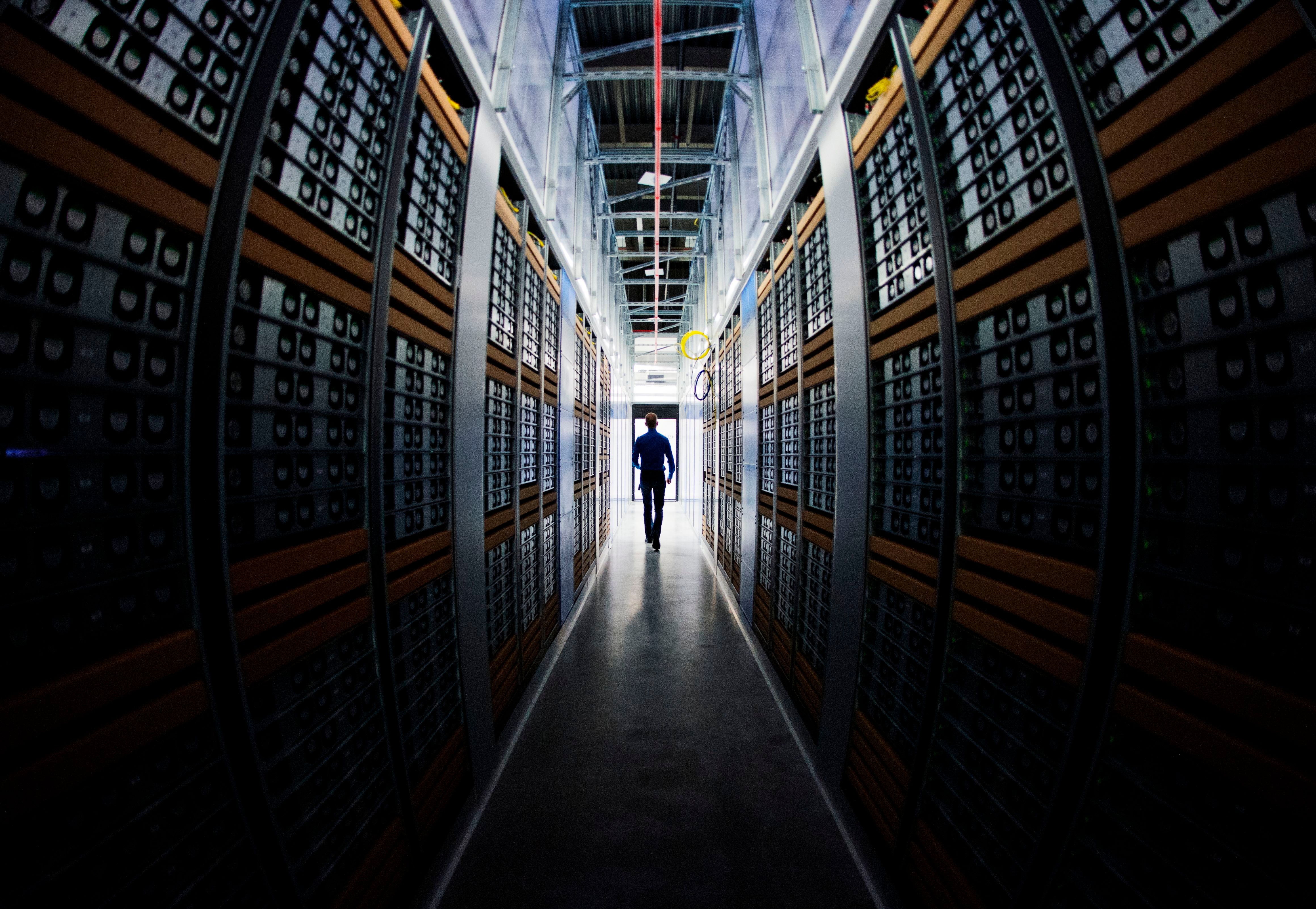Nasa scientists achieve long-distance quantum teleportation that could pave way for quantum internet
Researchers say this could revolutionise data storage and computing, while ushering in a new era of communication

Your support helps us to tell the story
From reproductive rights to climate change to Big Tech, The Independent is on the ground when the story is developing. Whether it's investigating the financials of Elon Musk's pro-Trump PAC or producing our latest documentary, 'The A Word', which shines a light on the American women fighting for reproductive rights, we know how important it is to parse out the facts from the messaging.
At such a critical moment in US history, we need reporters on the ground. Your donation allows us to keep sending journalists to speak to both sides of the story.
The Independent is trusted by Americans across the entire political spectrum. And unlike many other quality news outlets, we choose not to lock Americans out of our reporting and analysis with paywalls. We believe quality journalism should be available to everyone, paid for by those who can afford it.
Your support makes all the difference.Quantum teleportation – sending qubits of photons through a fiber-optic cable – has been demonstrated by researchers for the first time.
The achievement could be used to develop a quantum internet service, which would revolutionise data storage and computing; scientists also claim it will usher in a new era of communication.
Scientists sent qubits through 44 kilometers of fiber-optic network with a 90 per cent degree of fidelity. This network was built with off-the-shelf equipment, which would be compatible with existing internet infrastructure.
Qubits work by replacing traditional bits – the ‘1’s’ and ‘0’s’ used to encode digital information – with quantum bits, or qubits.
These are able to function as both a ‘1’ and a ‘0’ at the same time by existing in a state of superposition, meaning each new qubit added to the computer increases is power exponentially rather than linearly.
Quantum teleportation, therefore, is a transfer of quantum states from one location to the other. This transfer was done using quantum entanglement, where two particles are linked in such a way that information shared with one is shared with the other at exactly the same time.
This is because the particles exist in states of probabilities, where their exact position, momentum, and spin is not determined until the particle has been measured.
Photons behave in this way, becoming a wave or a particle depending on how they are measured.
“We wanted to push the envelope for this type of research and take important steps on a path to realise both real-life applications for quantum communications and networks and test fundamental physics ideas,” Panagiotis Spentzouris, head of the Quantum Science Program at Fermilab, told Motherboard.
“People on social media are asking if they should sign up for a quantum internet provider (jokingly of course),” Maria Spiropulu, Shang-Yi Ch’en professor of physics at Caltech, said. “We need (a lot) more R&D work.”
Quantum computers are capable of performing computations nearly 100 trillion times faster than the world’s most powerful supercomputer. Teams from the University of Science and Technology of China, as well as Google, have managed to achieve such feats using two different methods.
The US Department of Energy recently unveiled a blueprint for national quantum internet in Chicago, and the demonstration achieved by the scientists could “lay the foundation for the construction of a Chicago-area metropolitan quantum network,” Spentzouris said.
The research has been published in PRX Quantum by researchers from Fermilab, AT&T, Caltech, Harvard University, Nasa’s Jet Propulsion Laboratory and the University of Calgary.
“We are very proud to have achieved this milestone on sustainable, high-performing and scalable quantum teleportation systems,” Professor Spiropulu said. “The results will be further improved with system upgrades we are expecting to complete by Q2 2021.”



Join our commenting forum
Join thought-provoking conversations, follow other Independent readers and see their replies
Comments